Trees to create an avenue
Scott Nichols
11 years ago
Featured Answer
Comments (22)
gardenapprentice
11 years agomrgpag SW OH Z5/6
11 years agoRelated Professionals
Glendora Landscape Architects & Landscape Designers · Manorville Landscape Architects & Landscape Designers · Barrington Landscape Contractors · Belmont Landscape Contractors · Fort Worth Landscape Contractors · Lancaster Landscape Contractors · Medford Landscape Contractors · Middletown Landscape Contractors · National City Landscape Contractors · North Chicago Landscape Contractors · Pikesville Landscape Contractors · North Aurora Landscape Contractors · Bellingham Decks, Patios & Outdoor Enclosures · Kyle Decks, Patios & Outdoor Enclosures · Monroe Decks, Patios & Outdoor EnclosuresScott Nichols
11 years agocearbhaill (zone 6b Eastern Kentucky)
11 years agoken_adrian Adrian MI cold Z5
11 years agoScott Nichols
11 years agoorso
11 years agomrgpag SW OH Z5/6
11 years agoscotjute Z8
11 years agowisconsitom
11 years agocalliope
11 years agoScott Nichols
11 years agodrrich2
11 years agostrobiculate
11 years agomrgpag SW OH Z5/6
11 years agowisconsitom
11 years agomrgpag SW OH Z5/6
11 years agoshadymaple
11 years agoScott Nichols
11 years agocalliope
11 years agowisconsitom
11 years ago
Related Stories
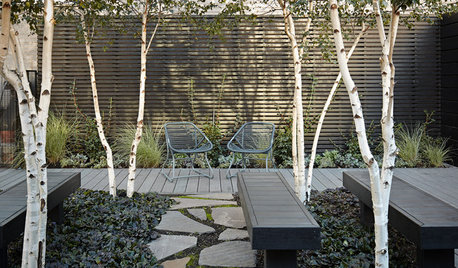
LANDSCAPE DESIGN5 Ways to Use Trees to Create a Sensational Garden Space
Trees define spaces in multiple ways and bring a layer of shade and intrigue to the landscape
Full Story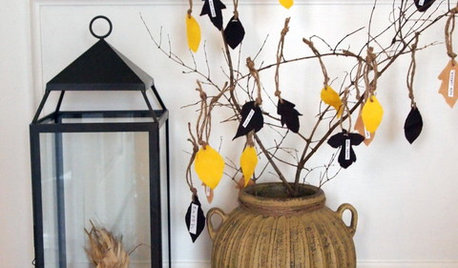
FALL AND THANKSGIVINGDIY: Create a Dream Tree for Fall
Hang your wishes and thanks on a heartfelt arrangement of branches and leaves
Full Story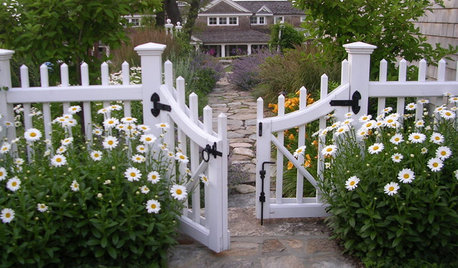
CURB APPEAL7 Ways to Create a Neighborly Front Yard
Foster community spirit by setting up your front porch, paths and yard for social interaction
Full Story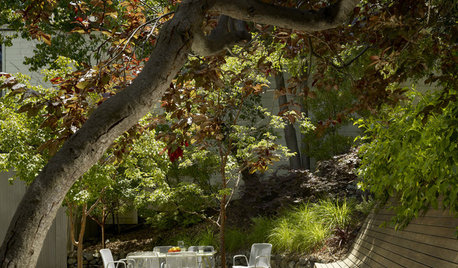
GARDENING AND LANDSCAPINGHow to Create an Outdoor Nest
Arching trees, tall grasses and natural slopes help create cozy spaces in your own backyard
Full Story
SHOP HOUZZHouzz Products: Create a Cat Heaven at Home
Show kitty you care and keep your style too with fun and cozy cat beds, perches, trees and decor
Full Story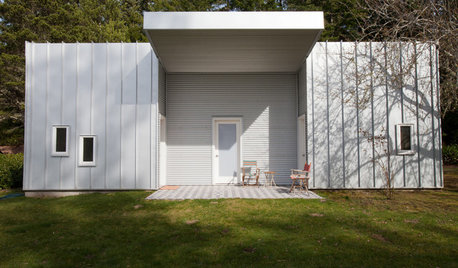
STUDIOS AND WORKSHOPS2 Washington Studios Give Artists a Place to Create
Offering well-equipped art studios to work in and a tree-dotted setting to dream in, one homeowner is making creative visions a reality
Full Story
SHOP HOUZZShop Houzz: Park Avenue Patio Style
Attention, city dwellers: It’s time to create a picture-perfect outdoor space
Full Story0

GARDENING GUIDESGreat Design Tree: Australian Tea Tree
A living sculpture with an unmistakable appearance, this coastal native creates an intriguing landscape scene
Full Story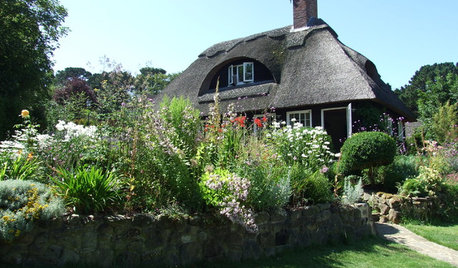
LANDSCAPE DESIGNHow to Create a Cottage-Style Garden
If you like an abundance of plants — and visits from birds, bees and butterflies — this may be the style of yard for you
Full Story





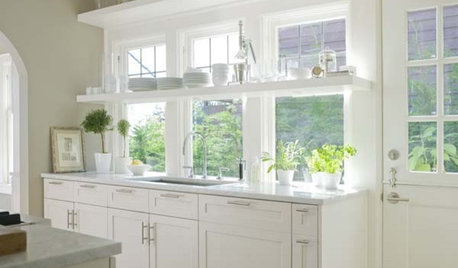

arktrees